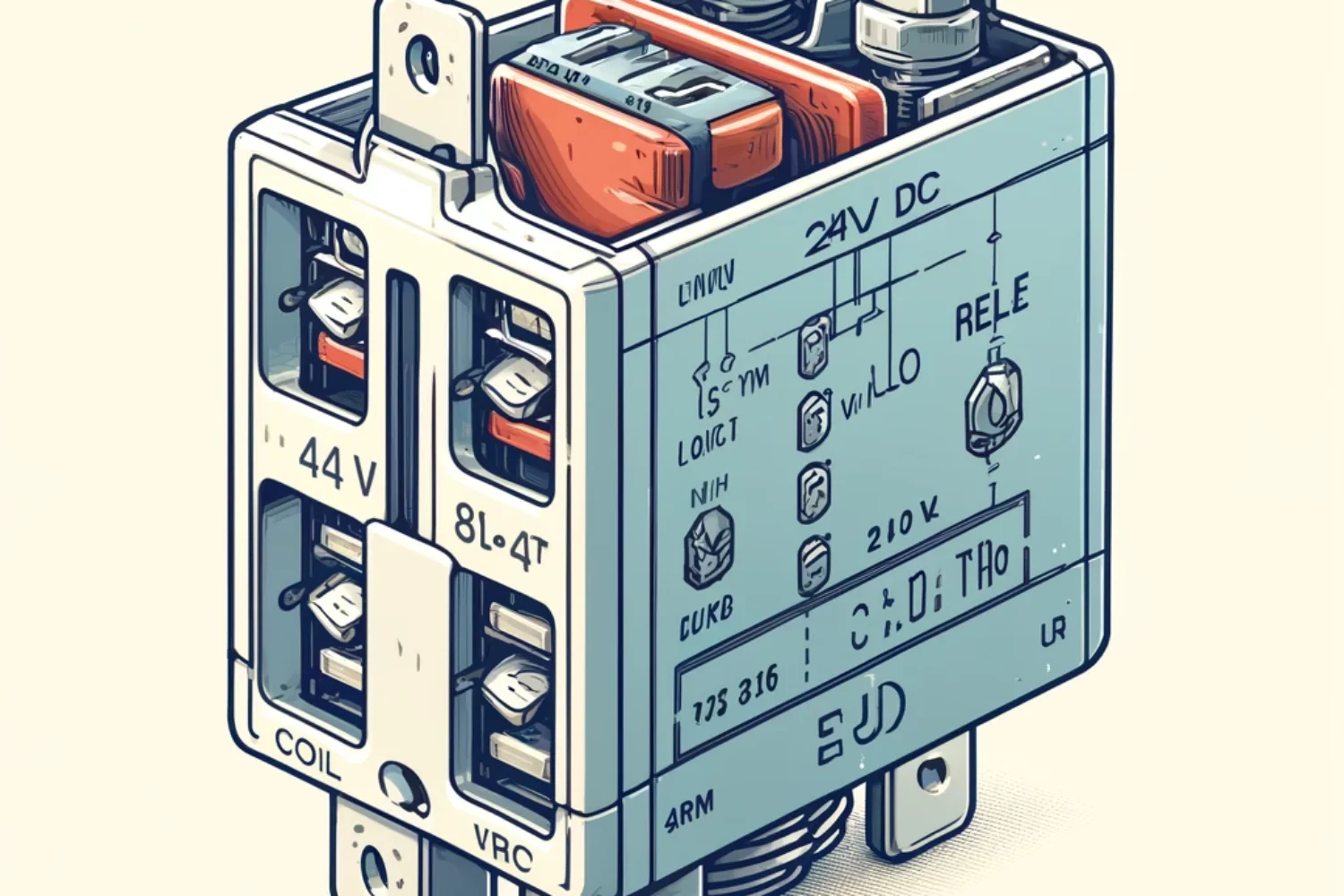Relays are critical components in automation systems, serving as electrically operated switches that control the flow of electricity within a circuit. Understanding their function and importance is essential for anyone involved in automation and control systems.
What is a Relay?
A relay is an electromagnetic switch that uses a small electrical current to control a larger current. It consists of a coil, contacts, and an armature. When current flows through the coil, it generates a magnetic field that moves the armature, thereby opening or closing the contacts.
Functions of Relays in Automation
- Isolation: Relays provide electrical isolation between the control circuit and the load circuit, protecting sensitive components from high voltages and currents.
- Control: They enable the control of high-power devices with low-power signals, making it possible to manage multiple devices from a single control point.
- Multiplexing: Relays can direct one input signal to multiple output paths, allowing complex control schemes and efficient resource utilization.
- Signal Amplification: By controlling large currents with small input currents, relays effectively amplify the signal, ensuring reliable operation of the controlled devices.
- Safety: In emergency situations, relays can be configured to automatically disconnect the load from the power source, enhancing the safety of the system.
Applications in Automation
- Industrial Machinery: Relays are used to start, stop, and protect machinery by controlling motors, lights, and other devices.
- Home Automation: In smart homes, relays control lighting, heating, and security systems, providing convenience and energy efficiency.
- Automotive Systems: Relays in vehicles manage various electrical functions, from lighting to engine control.
Conclusion
Relays are indispensable in modern automation, providing essential control, protection, and functionality. By understanding their roles and applications, engineers and technicians can design more efficient and reliable automation systems.

